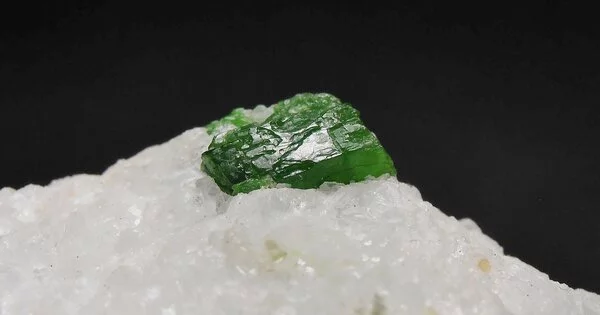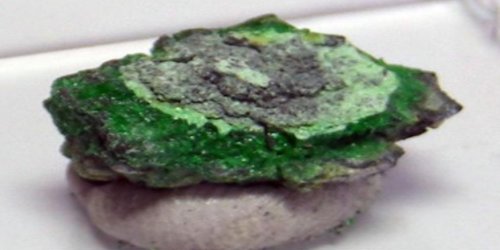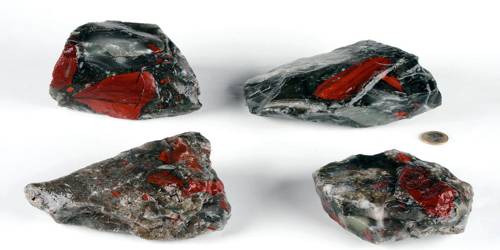Pargasite is a complex inosilicate mineral of the amphibole group with formula NaCa2(Mg4Al)(Si6Al2)O22(OH)2. It is a mineral that belongs to the amphibole group and it is composed of sodium, calcium, magnesium, aluminum, silicon, oxygen, and hydrogen. It was first described for an occurrence in Pargas, Finland in 1814 and named for the locality.
Pargasite typically occurs in metamorphic rocks, such as marble, and is commonly found in association with other minerals such as garnet, staurolite, and quartz. It is usually green, but can also be yellow, brown, or black in color, and has a vitreous to pearly luster.
General Information
- Category: Inosilicates
- Formula (repeating unit): NaCa2(Mg4Al)(Si6Al2)O22(OH)2
- Crystal system: Monoclinic
- Crystal class: Prismatic (2/m) (same H-M symbol)
- Color: Bluish green, grayish black, light brown
Properties
- Crystal habit: Stout prismatic to tabular
- Twinning: Simple and lamellar – common
- Cleavage: {110} perfect
- Fracture: Splintery
- Mohs scale hardness: 5–6
- Luster: Vitreous
- Diaphaneity: Translucent, will transmit light on thin edges.
- Specific gravity: 3.04–3.17
- Optical properties: Biaxial (-)
History
Pargasite was first described in 1823 by the Finnish geologist and mineralogist Johan Jakob Nordenskiöld, and is named after the town of Pargas in southwestern Finland, where it was first discovered. Pargasite has a number of interesting properties, including its ability to exhibit pleochroism (meaning it can display different colors when viewed from different angles) and its use in geothermometry (a method of estimating the temperature at which a rock formed based on the minerals it contains).
Occurrence
It occurs in high temperature regional metamorphic rocks and in the skarns within contact aureoles around igneous intrusions. It also occurs in andesite volcanic rocks and altered ultramafic rocks.
Pargasite is the main water-storage site in the uppermost mantle, however it becomes unstable at depths greater than 90 km (56 mi). This has significant consequences for the water storage capacity, and the solidus temperature of the lherzolite of the upper mantle.
Application
Pargasite is used as a gemstone. It is used as a decorative stone in jewelry and as a gemstone. Some other applications are –
- In the construction industry: It is used as a decorative stone in buildings, monuments, and landscaping.
- As a refractory material: It is used as a refractory material in high-temperature applications such as furnace linings.
- As an insulator: It is used as an insulator in electrical equipment and wiring.
- In scientific research: It is studied by geologists and mineralogists to understand the formation and evolution of rocks and minerals.
It’s worth noting that pargasite is not widely used in these applications due to its relative rarity and high cost compared to other minerals and materials that can serve similar purposes.
















